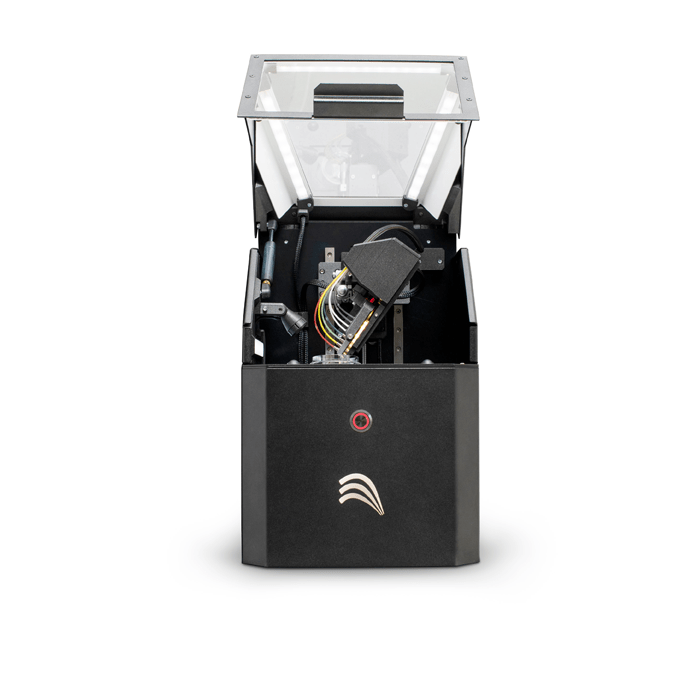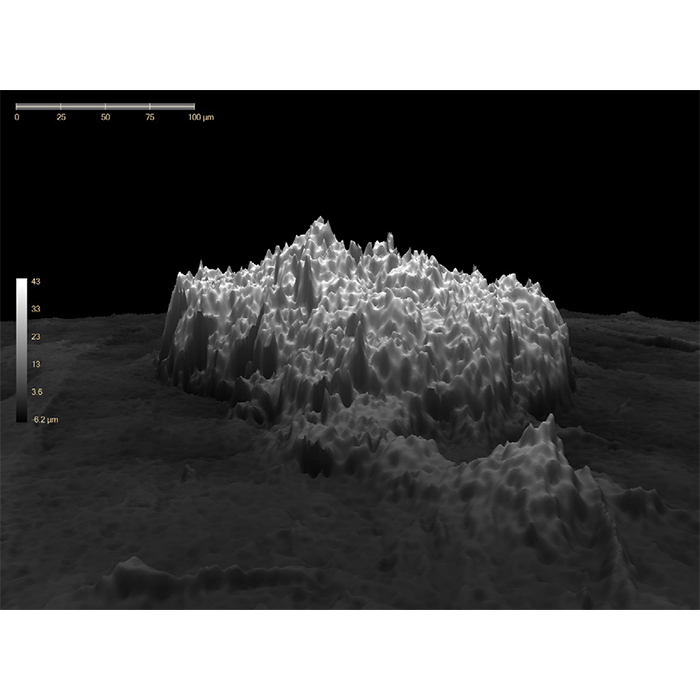
Fluicell Biopixlar AER
Bioprinting

The discovery of novel and effective drugs is hampered by a low likelihood of acceptance (LOA), where more than 90% of all clinical drug candidates fail. The selection of drug candidates is based on in vitro and in vivo experiments that largely fail to recapitulate the bona fide physiological effects in humans, calling for better predictive human surrogate models for drug discovery.
An important step in providing an alternative to 2D culture and animal models is the advancement of 3D models, where different cell types are combined in a 3D environment to mimic a tissues’ extracellular matrix, biochemical and mechanical cues as well as cell: cell interactions seen in
vivo. More importantly, producing and combining multiple human tissue surrogate models that together demonstrate a biological system, eventually replacing animal models, is in line with the 3R principle (Refine, Reduce and Replace the use of animals).
The non-alcoholic fatty liver disease (NAFLD) is a chronic disease that affects 20-50% of the population, recognised by an abnormal accumulation of fat, which may eventually lead to liver failure and the need for liver transplantation. Current models to target NAFLD include liver spheroids made by using ultralow attachment plates and the seeding of cells, applicable for high-throughput screening. However, the models are simple in nature by the lack of in vivo cell-, microenvironment-, and structural heterogeneity of the liver.
Here, we present a novel application method to produce liver spheroids by using the Biopixlar bioprinting platform (Fluicell), carefully positioning cells in solution onto a substrate followed by gel encapsulation and culture. The method illustrates the potential to recreate the liver heterogeneity, with cell: cell contact prior to gel embedding, and tissue model maturation.
